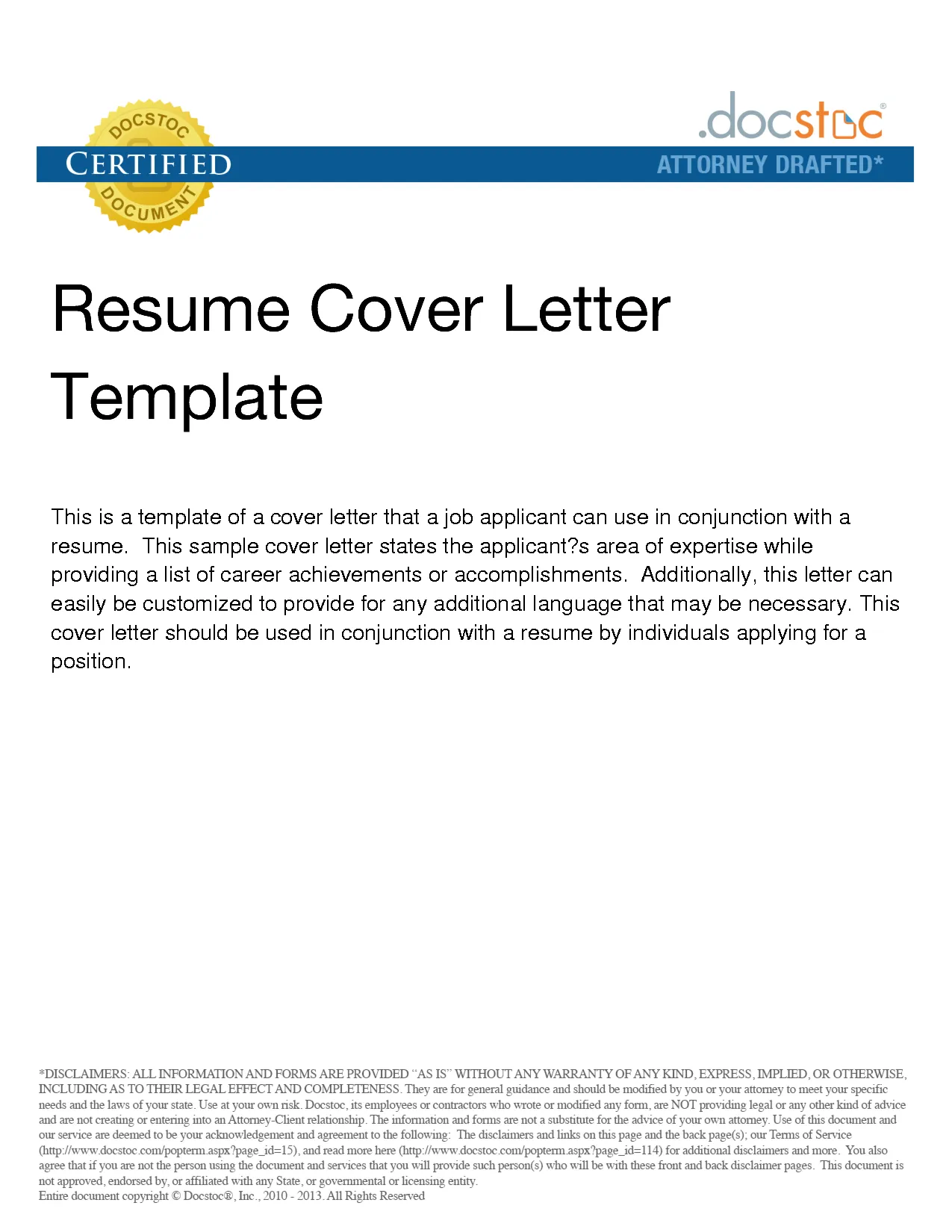What is a Cover Letter and Resume
In the competitive world of job hunting, a cover letter and resume are your most important tools. They are often the first impression you make on a potential employer, acting as your personal introduction and showcasing your qualifications. A well-crafted cover letter and resume can significantly increase your chances of landing an interview, while a poorly written one can lead to immediate rejection. Understanding what each document is and how they work together is crucial for a successful job search. This guide will provide a comprehensive overview of both, along with tips on how to create a compelling combination that gets results.
The Purpose of a Cover Letter
The primary purpose of a cover letter is to introduce yourself to the employer and express your interest in a specific job. It’s your opportunity to tell a story, highlight relevant skills, and explain why you’re a good fit for the position and the company. Unlike a resume, which provides a factual overview of your experience, a cover letter allows you to demonstrate your personality, enthusiasm, and communication skills. It’s a chance to connect with the hiring manager on a personal level and make a memorable impression.
Moreover, a cover letter enables you to address any potential concerns, explain gaps in your employment history, or clarify why your skills and experience align with the job requirements. It should complement your resume, expanding on key achievements and providing context that might not be evident in the resume alone. A compelling cover letter not only showcases your qualifications but also reveals your understanding of the company’s needs and your genuine interest in the opportunity. (Image: cover-letter-purpose.webp)
Highlighting Skills and Experience
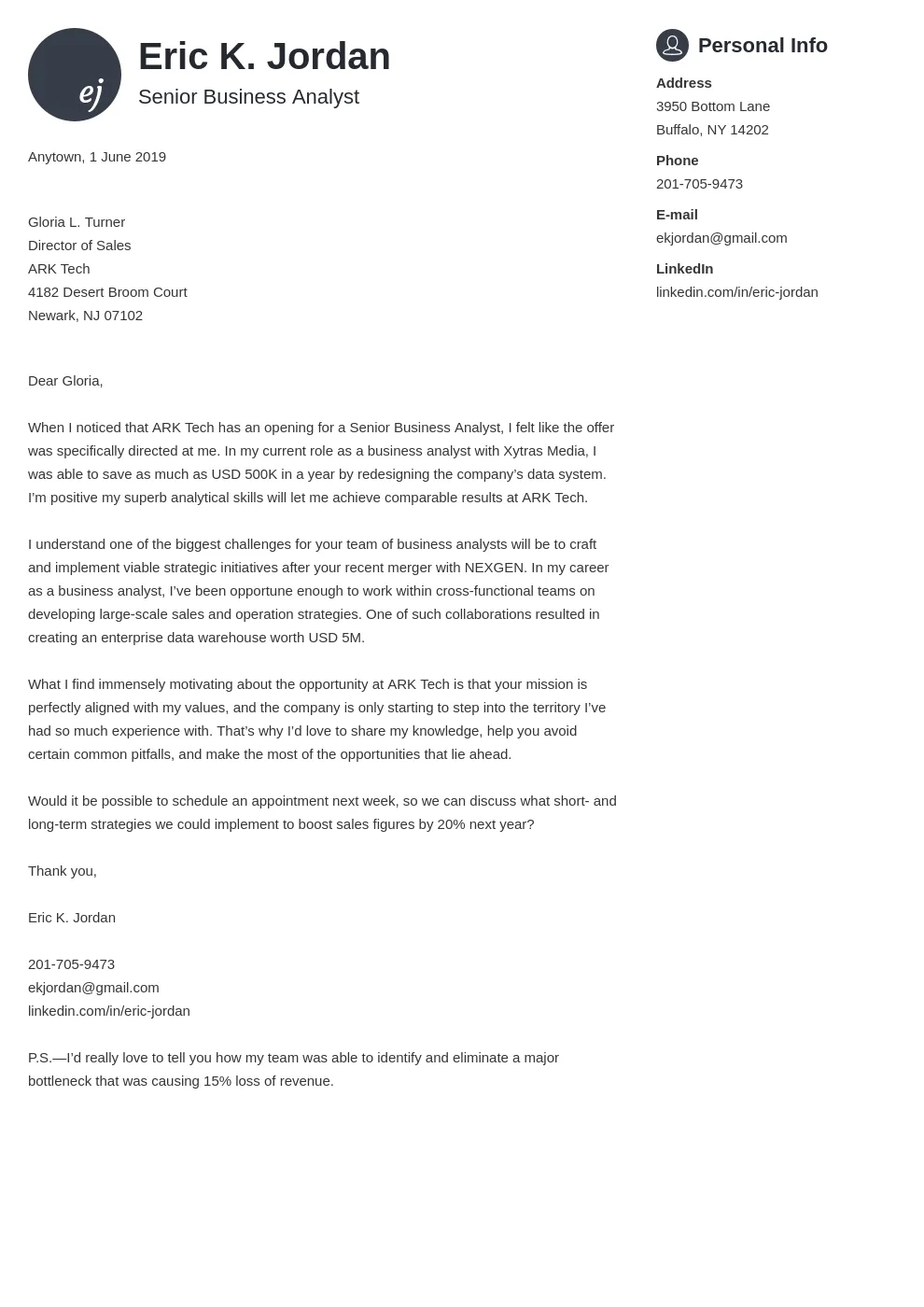
When writing a cover letter, it’s essential to focus on the skills and experiences that align with the job description. Analyze the job posting carefully to identify the key requirements and desired qualifications. Then, select specific examples from your work history that demonstrate these skills in action. Use action verbs to describe your accomplishments and quantify your achievements whenever possible. For instance, instead of saying “Managed social media accounts,” you could write “Increased social media engagement by 40% in six months by implementing a new content strategy.”
Furthermore, tailor your cover letter to each job application. Avoid sending a generic letter to every employer. Customize your content to reflect the specific needs of the company and the role. Show that you’ve done your research by mentioning the company’s values, mission, or recent projects that resonate with you. This level of personalization demonstrates your genuine interest and attention to detail, making your application stand out from the crowd. Remember, your goal is to show the employer why you are the best fit for the role by showcasing your skills and experience.
Cover Letter Structure
A well-structured cover letter is easy to read and navigate, guiding the hiring manager through your key qualifications. The standard structure typically includes a header, greeting, opening paragraph, body paragraphs, and a closing. Each section plays a vital role in conveying your message and making a positive impression. Proper formatting, including clear spacing and appropriate font choices, enhances readability and professionalism. Adhering to this structure ensures you present your information in a clear, concise, and compelling manner.
Header and Contact Information
The header of your cover letter should include your name, address, phone number, and email address. It’s crucial to use a professional email address. Following this, include the date and the employer’s contact information, if available, like the hiring manager’s name and title. Ensuring the header is accurate and up-to-date is essential; it enables the hiring manager to easily reach you. This initial section sets the tone for your application and provides essential contact details.
Greeting and Opening
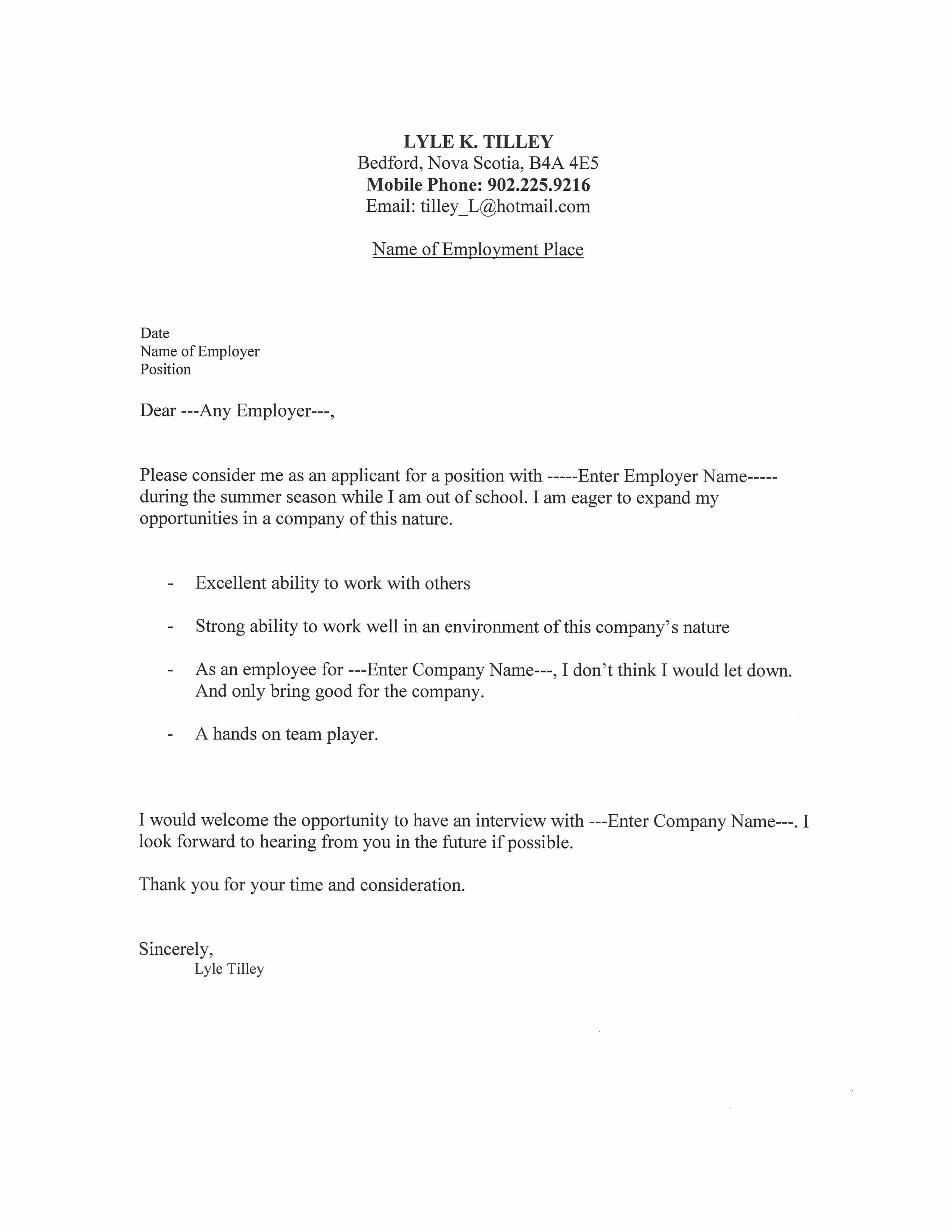
Start your cover letter with a professional greeting. If possible, address the hiring manager by name; this shows you’ve taken the time to research the company. If you can’t find a name, a general greeting like “Dear Hiring Manager” is acceptable. The opening paragraph should immediately grab the reader’s attention. State the position you’re applying for and briefly explain why you’re interested in the role and the company. A strong opening sets a positive tone and encourages the reader to continue reading.
Body Paragraphs
The body paragraphs are the heart of your cover letter. This is where you highlight your skills, experience, and accomplishments. Focus on a few key qualifications and provide specific examples to illustrate how you’ve demonstrated those skills in previous roles. Use the STAR method (Situation, Task, Action, Result) to structure your examples and demonstrate your impact. Explain the situation, the task you were given, the actions you took, and the results you achieved. Make sure your content aligns with the job description and clearly articulates your value proposition. (Image: cover-letter-body-paragraphs.webp)
Closing and Call to Action
In your closing paragraph, summarize your key qualifications and reiterate your interest in the position. Express your enthusiasm for the opportunity and thank the hiring manager for their time and consideration. End with a call to action, such as “I look forward to the opportunity to discuss my qualifications further in an interview.” Sign off with a professional closing, such as “Sincerely” or “Best regards,” followed by your typed name. The closing should leave the reader with a positive impression and encourage them to take the next step.
What is a Resume

A resume is a concise summary of your education, skills, work experience, and achievements. It’s a document that potential employers use to quickly assess your qualifications and determine whether you’re a good fit for a job. A well-crafted resume is essential for getting your foot in the door and securing an interview. It should be clear, organized, and tailored to the specific job you’re applying for. Your resume serves as a marketing document, designed to showcase your value and make you stand out from other applicants.
The Purpose of a Resume
The primary purpose of a resume is to provide a snapshot of your professional background. It’s designed to highlight your skills, experience, and accomplishments in a clear and concise manner. Unlike a cover letter, which allows you to explain your career goals and express your personality, a resume focuses on providing a factual overview of your qualifications. It should quickly and effectively convey your relevant experience and skills to the hiring manager, helping them to understand what you bring to the table. Resumes are essential in any job search.
Resume Structure
A well-structured resume is easy to read and allows recruiters to quickly find the information they need. The most common sections of a resume include contact information, a summary or objective statement (optional), work experience, education, and skills. Organizing your information logically makes it easier for employers to scan your resume and quickly assess your qualifications. Consistency in formatting and a clear layout contribute to a professional presentation. Understanding the structure of a resume is key to effectively presenting your qualifications. (Image: resume-structure.webp)
Contact Information and Summary
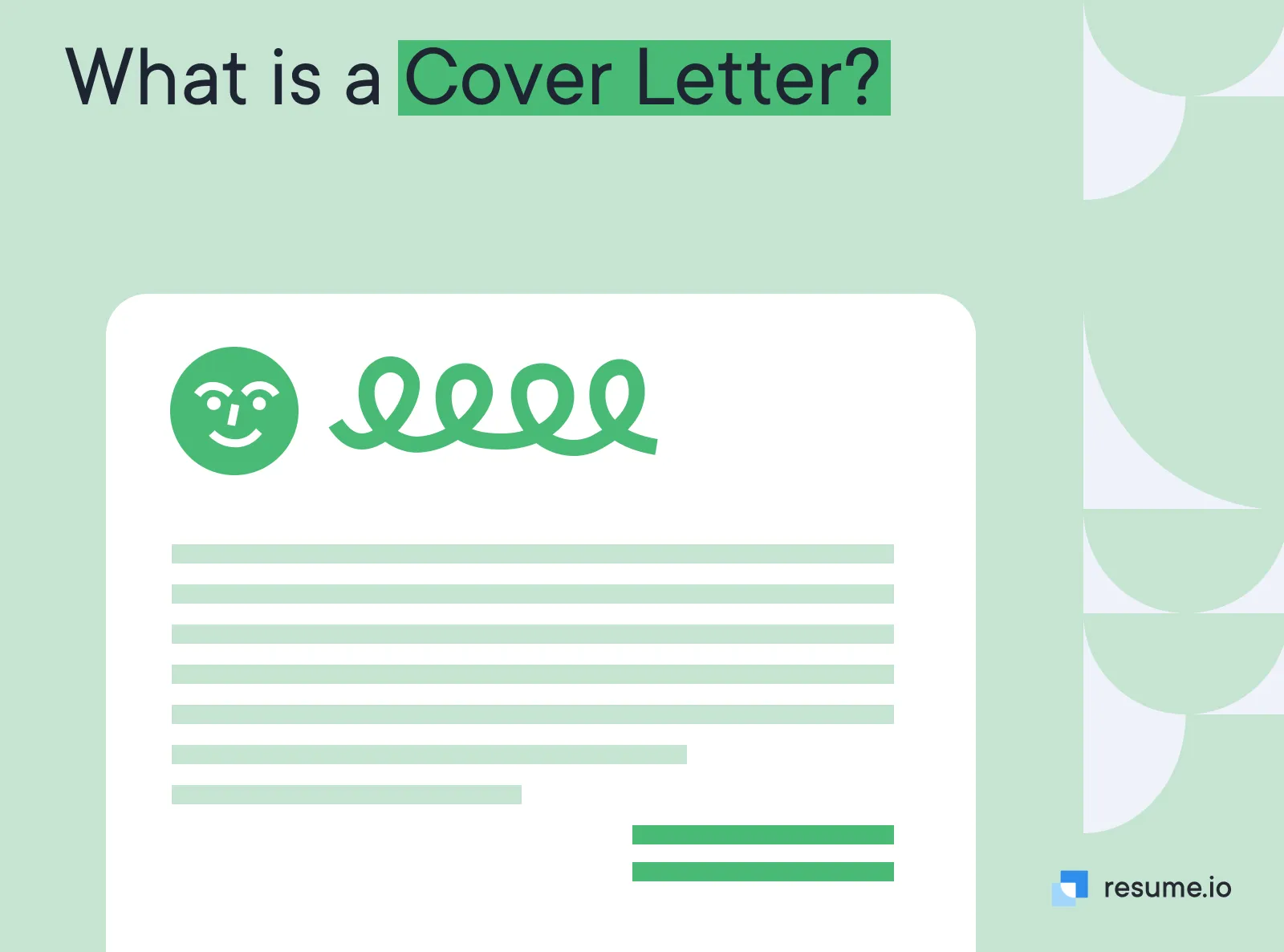
Begin your resume with your contact information, including your name, phone number, email address, and optionally, a LinkedIn profile URL. Your name should be prominently displayed at the top. Following this, you can include a brief summary or objective statement. A summary highlights your key skills and experience, while an objective statement outlines your career goals. A summary is often preferred for experienced professionals, as it quickly communicates your value. An objective might be suitable for entry-level positions, focusing on your career aspirations.
Work Experience
The work experience section is the core of your resume. List your previous jobs in reverse chronological order, starting with your most recent position. For each role, include the job title, company name, dates of employment, and a concise description of your responsibilities and accomplishments. Use action verbs to describe your tasks and quantify your achievements whenever possible. For instance, instead of stating “Managed customer accounts,” you could write “Increased customer retention by 15% through proactive communication and improved service.” Focus on accomplishments and results rather than just listing duties. (Image: resume-work-experience.webp)
Education and Skills
Include your education history, including the degree earned, the name of the institution, and the dates of attendance. If you have limited work experience, you can provide more detail about relevant coursework or projects. The skills section should list both hard and soft skills relevant to the jobs you’re applying for. Hard skills are technical abilities or knowledge, while soft skills are interpersonal qualities such as communication, teamwork, and problem-solving. Tailor this section to match the requirements of each job description, highlighting the skills that align best. You can also mention certifications or licenses you hold here.
Formatting Your Resume
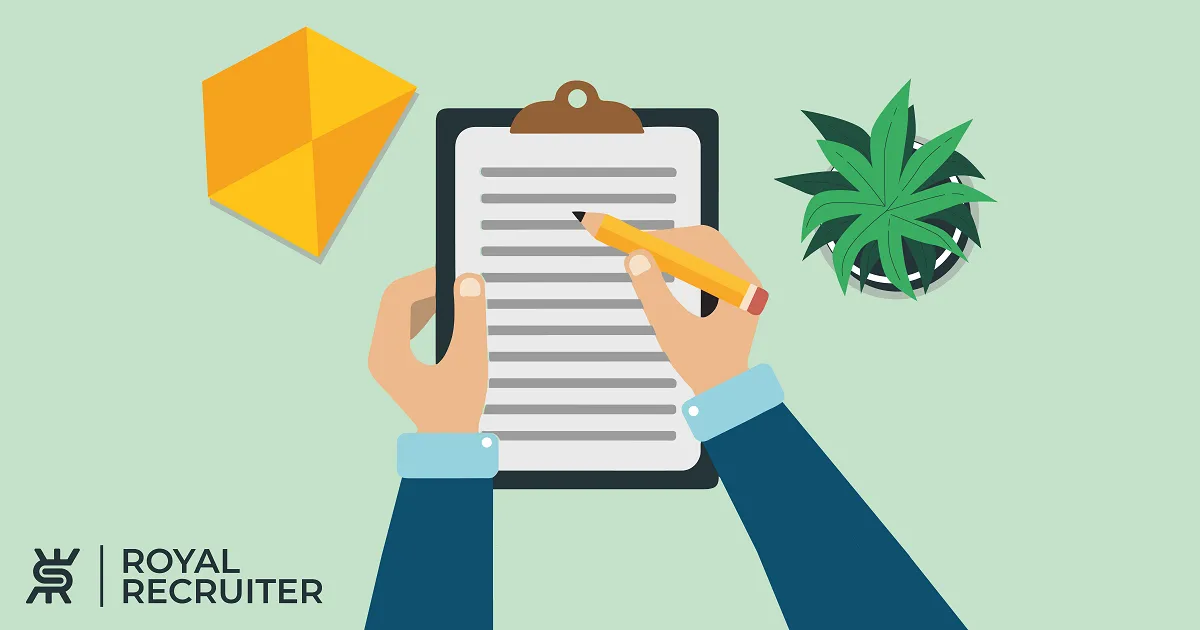
The formatting of your resume is crucial for making a positive impression. Use a clear, easy-to-read font like Arial, Calibri, or Times New Roman. Maintain consistent formatting throughout the document, including font size, spacing, and bullet points. The layout should be clean and organized, with clear section headings and ample white space to avoid overwhelming the reader. Keep it concise, ideally no more than one or two pages, depending on your experience. Consider using a professional resume template to ensure your formatting is consistent and visually appealing.
Creating a Winning Combination Cover Letter and Resume
To maximize your chances of getting hired, your cover letter and resume must work together to present a compelling picture of your qualifications. They should complement each other, providing a comprehensive overview of your skills, experience, and achievements. The cover letter allows you to elaborate on your key qualifications and express your enthusiasm, while the resume provides a concise summary of your background. The combination should highlight your value to the potential employer and make a strong case for why you’re the best candidate.
Tailoring to the Job Description
A generic cover letter and resume won’t cut it in today’s job market. Tailor both documents to each specific job you apply for. Carefully review the job description and identify the key requirements and desired skills. Then, adjust your cover letter and resume to highlight the qualifications most relevant to the position. Use keywords from the job description throughout your documents. This demonstrates to the employer that you understand the role and have the skills and experience they’re looking for. Customization can make the difference between getting a job offer or being rejected. (Image: tailoring-job-description.webp)
Consistency in Design and Tone
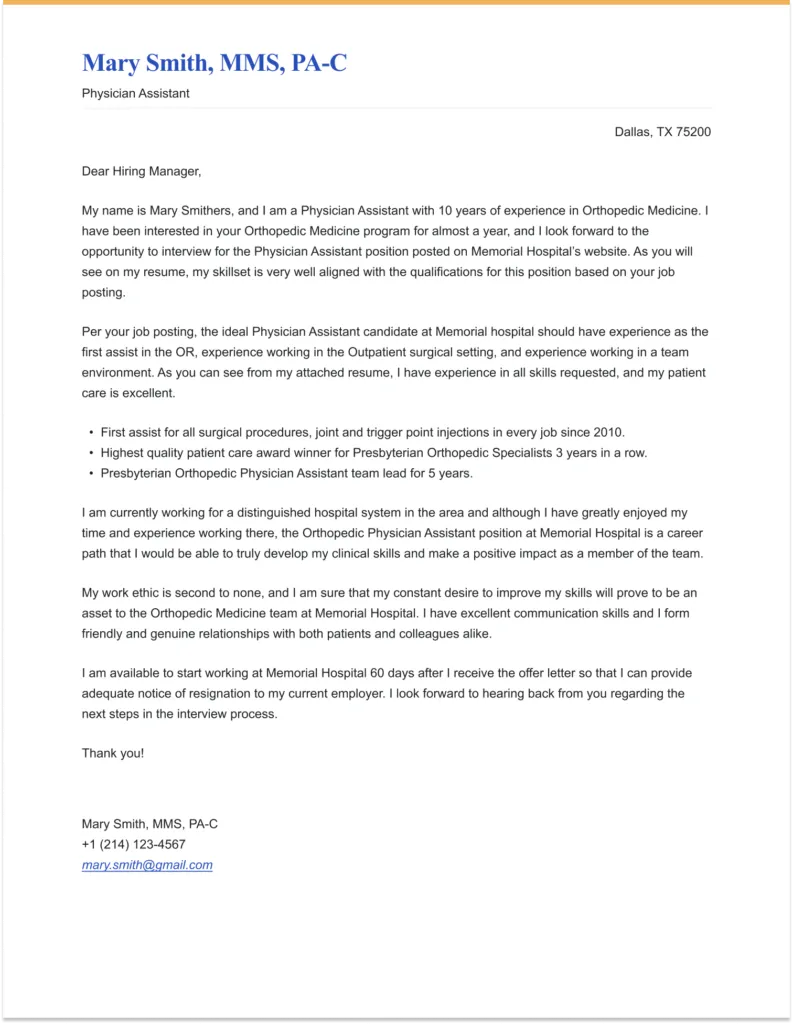
Maintain consistency in the design and tone of your cover letter and resume. Use the same font, formatting style, and language throughout both documents. This ensures a professional and cohesive presentation. The tone should be professional and enthusiastic, reflecting your personality and interest in the job. Avoid using jargon or overly complex language; keep your writing clear and concise. Consistency enhances readability and creates a positive impression. (Image: consistency-design.webp)
Proofreading and Editing
Before submitting your cover letter and resume, carefully proofread and edit both documents. Errors in grammar, spelling, and punctuation can undermine your credibility and make a negative impression. Ask a friend, family member, or career counselor to review your documents as well. Fresh eyes can often catch mistakes you might miss. Make sure all contact information is correct, and that the formatting is consistent. The final step is to ensure that your documents are polished and error-free. (Image: proofreading-editing.webp)
Cover Letter and Resume Best Practices
To ensure your cover letter and resume stand out, follow these best practices. Keep your resume concise, ideally no more than two pages. Use action verbs and quantify your achievements. Tailor each document to the specific job. Proofread carefully for errors. Use a professional format. Always include a cover letter, even if it’s not required. Highlight relevant skills and experience. Show, don’t just tell; provide specific examples. Research the company and address the hiring manager by name. Follow these tips, and you’ll increase your chances of getting hired.
By following these guidelines, you can create a compelling cover letter and resume that showcases your qualifications and helps you land your dream job. Good luck!
